-
×
 Poly Crimp-Top/Snap-Top Caps and PTFE/Silicone/PTFE Septa, Blue, 2.0 mL, 11 mm, 1000-pk.
1 × $332.00
Poly Crimp-Top/Snap-Top Caps and PTFE/Silicone/PTFE Septa, Blue, 2.0 mL, 11 mm, 1000-pk.
1 × $332.00 -
×
 Screw-Thread Top Hat Caps and PTFE/Silicone Septa, Preassembled, 2.0 mL, 8 mm, 1000-pk.
1 × $364.00
Screw-Thread Top Hat Caps and PTFE/Silicone Septa, Preassembled, 2.0 mL, 8 mm, 1000-pk.
1 × $364.00 -
×
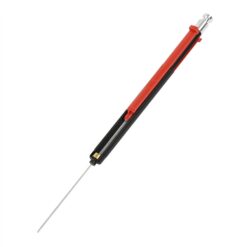 PAL Smart SPME Arrow 1.10 mm: PA, Phase Thickness 100 µm, Phase Length 20 mm, Gray, ea.
1 × $489.00
PAL Smart SPME Arrow 1.10 mm: PA, Phase Thickness 100 µm, Phase Length 20 mm, Gray, ea.
1 × $489.00 -
×
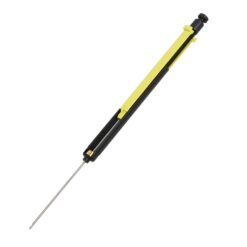 PAL Smart SPME Arrow 1.5 mm: PDMS, Phase Thickness 250 µm, Phase Length 20 mm, Black, ea.
1 × $562.00
PAL Smart SPME Arrow 1.5 mm: PDMS, Phase Thickness 250 µm, Phase Length 20 mm, Black, ea.
1 × $562.00 -
×
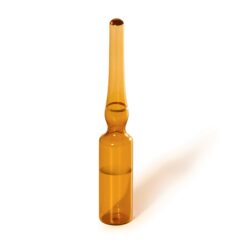 3,3'-Dichlorobenzidine Standard, 2000 µg/mL, Methanol, 1 mL/ampul
1 × $36.00
3,3'-Dichlorobenzidine Standard, 2000 µg/mL, Methanol, 1 mL/ampul
1 × $36.00 -
×
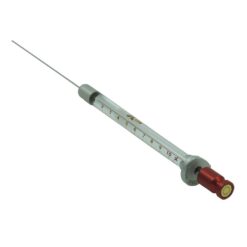 PAL Smart Syringe, 10 µL (SF/22s G/57 mm/flat), PTFE Plunger, for Tool D7/57
1 × $319.00
PAL Smart Syringe, 10 µL (SF/22s G/57 mm/flat), PTFE Plunger, for Tool D7/57
1 × $319.00 -
×
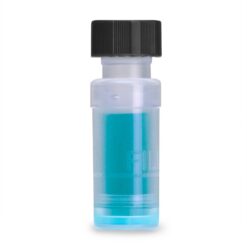 Thomson SINGLE StEP Standard Filter Vials with Screw-Top Caps, 0.2 µm, Nylon w/Preslit Cap, Black Cap, 100-pk.
1 × $314.00
Thomson SINGLE StEP Standard Filter Vials with Screw-Top Caps, 0.2 µm, Nylon w/Preslit Cap, Black Cap, 100-pk.
1 × $314.00 -
×
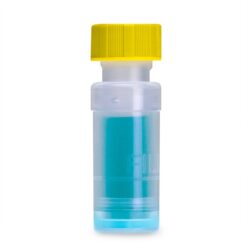 Thomson SINGLE StEP Standard Filter Vials with Screw-Top Caps, 0.45 µm, PVDF w/Preslit Cap, Yellow Cap, 100-pk.
1 × $314.00
Thomson SINGLE StEP Standard Filter Vials with Screw-Top Caps, 0.45 µm, PVDF w/Preslit Cap, Yellow Cap, 100-pk.
1 × $314.00 -
×
 1,4-Dioxane Standard, 1.9 mg/mL, DMSO, 1 mL/ampul
1 × $36.00
1,4-Dioxane Standard, 1.9 mg/mL, DMSO, 1 mL/ampul
1 × $36.00 -
×
 1,1,1-Trichloroethane Standard, 50 mg/mL, DMSO, 1 mL/ampul
1 × $38.00
1,1,1-Trichloroethane Standard, 50 mg/mL, DMSO, 1 mL/ampul
1 × $38.00
Silylation Derivatization Reagent, MSTFA (N-Methyl-N-Trimethylsilyltrifluoroacetamide), 10×1 g Vials, 10-pk.
$117.00
Silylation is the most widely used derivatization procedure for sample analysis by GC. In silylation, an active hydrogen is replaced by an alkylsilyl group such as trimethylsilyl (TMS) or tert-butyldimethylsilyl (tert-BDMS). Silyl derivatives are more volatile, less polar, and more thermally stable. As a result, GC separation is improved, and detection is enhanced.
Both TMS and tert-BDMS reagents are suitable for a wide variety of compounds and can be used for many GC applications. (Note that silylation reagents are generally moisture-sensitive and must be sealed to prevent deactivation.)
Features & Benefits
- Replace active hydrogen, reducing polarity and making the compounds more volatile.
- Increase stability of derivatives.
| Weight | 0.15 lbs |
|---|---|
| Dimensions | 9 × 9 × 3 in |
Related products
Single-Component
MA VPH Surrogate Standard (2,5-Dibromotoluene), 10,000 µg/mL, P&T Methanol, 1 mL/ampul
$32.00
Purchase & earn 2 points!
Single-Component
515.4 Herbicide Internal Standard (4,4′-Dibromooctafluorobiphenyl), 2000 µg/mL, MTBE, 1 mL/ampul
$34.00
Purchase & earn 2 points!
Single-Component
$38.00
Purchase & earn 2 points!
$32.00
Purchase & earn 2 points!
Single-Component
2,2′,3,4,4′,5′-Hexachlorobiphenyl (BZ #138) Standard, 10 µg/mL, Isooctane, 1 mL/ampul
$28.00
Purchase & earn 1 point!
Single-Component
$39.00
Purchase & earn 2 points!
$69.00
Purchase & earn 3 points!
Single-Component
1,2-Dichloroethane Standard, 2000 µg/mL, P&T Methanol, 1 mL/ampul
$32.00
Purchase & earn 2 points!
